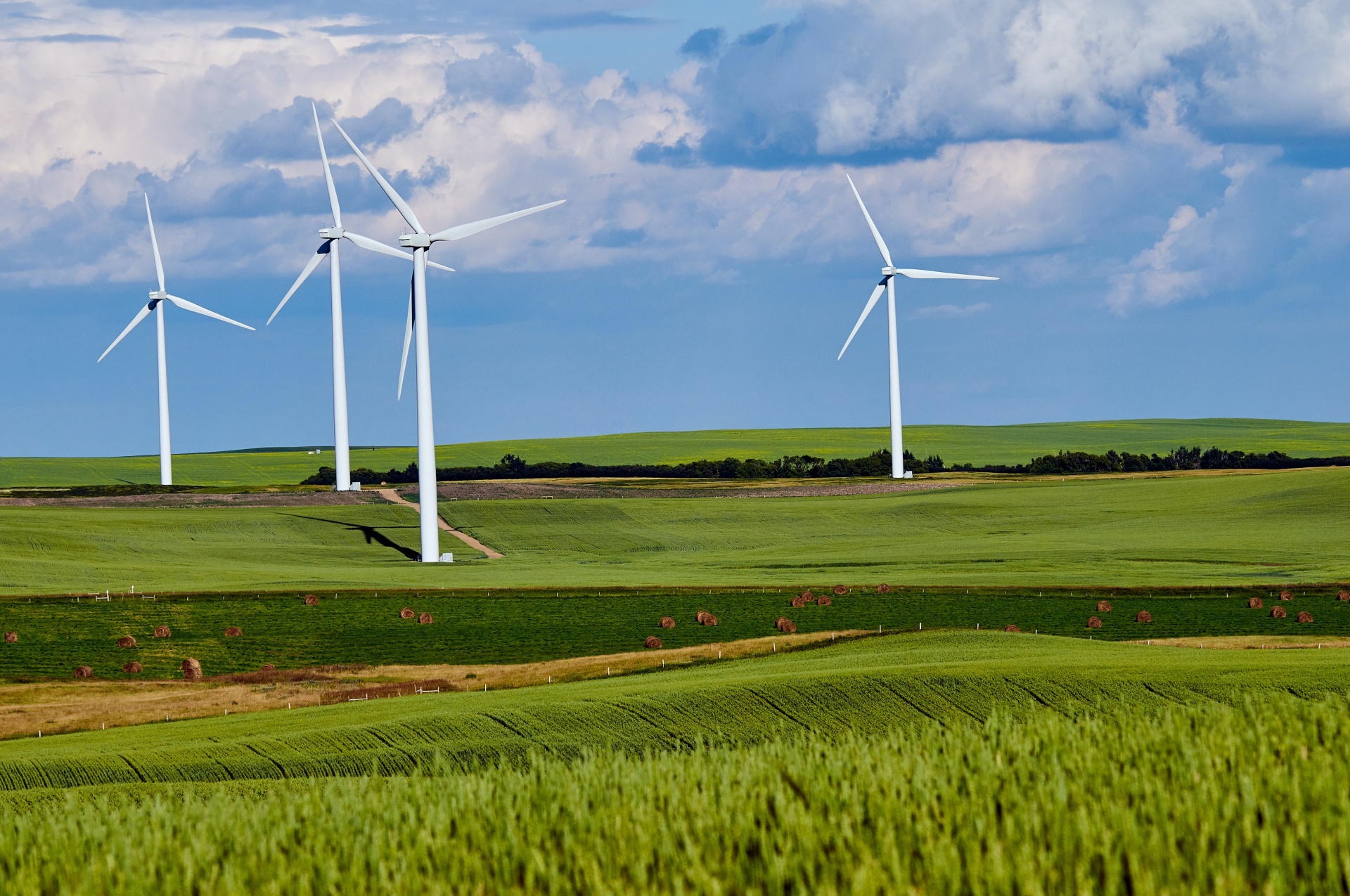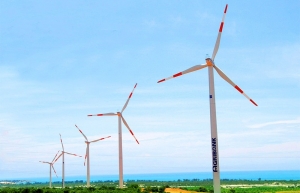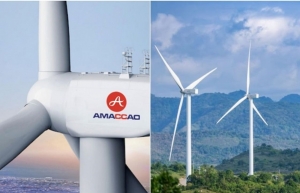Vietnam explores renewable energy export strategy
 |
This directive taps into the country's substantial renewable energy potential, particularly in terms of offshore wind power, where capacity is estimated at 600GW. Investors have shown keen interest in exporting it to markets like Singapore and Thailand, though they face obstacles due to the absence of a coherent policy on licencing and project investment.
Following a recent session discussing the draft plan for Vietnam's Power Development Planning VIII (PDP8), DPM Ha highlighted the importance of harnessing the nation's renewable resources.
"This initiative is not just about tapping into our potential. It is about creating added value and laying a foundation for the renewable energy sector's future expansion," he said.
Meanwhile, in a meeting with investors on December 3, Prime Minister Pham Minh Chinh indicated that Vietnam Oil and Gas Group has been instructed to explore the development of offshore power transmission lines and to promote offshore wind energy.
Seven months after the approval of the PDP8, an actionable plan remains unformulated, primarily due to local ambitions to exceed the outlined renewable energy limits. The proposed capacities for renewable energy, biomass, and waste-to-energy are significantly higher than those in the original plan.
As a result, DPM Ha has called for a thorough review of the specifications of renewable energy projects slated for implementation up to 2025. These include onshore wind, solar, biomass, waste-to-energy, and small hydropower projects.
In addition to finalising project lists up to 2030, the MoIT has been urged to prepare a reserve list to pre-empt any reactive adjustments in planning and ensure a consistent power supply in the event of project delays.
Under the PDP8, Vietnam aims to achieve a solar power capacity of just over 12,800MW by 2030. This includes over 10,000MW from centralised and 2,600MW from self-consumption installations.
The MoIT is also examining mechanisms to integrate renewable energy with storage and self-consumption rooftop solar power, prioritising system safety and competitive pricing.
The government has further directed the MoIT to propose an authority for adjusting the capacities of renewable energy sources among various localities, or within a single province or city.
The draft of the PDP8 estimates that nearly $120 billion in capital is required for developing the various power sources.
Of this, approximately 76 per cent is expected from private investments (around $91 billion), with the remainder coming from the state. Public investment, earmarked at about $50 billion, will primarily focus on policy development and enhancing the electrical sector's capacity. Rural, mountainous, and island electrification programmes are allocated around $1.3 billion, with about 30 per cent currently funded.
 | Renewable energy set to create new jobs The energy transition will cause many jobs in the traditional energy industry to be lost, but it will also create thousands of green and sustainable employment opportunities in the economy. |
 | Renewable energy and future challenges for JICA Our cooperation in renewable energy began with the support for Da Nhim Hydropower Plant, which was completed in 1964. After its completion, the plant not only served as the main source of electricity in the south of Vietnam, but also played an important role for irrigation purpose. |
 | The cost of Asia’s renewable energy challenge Climate change currently poses the greatest long-term threat to Asian economies. In recent years, the region has experienced more frequent and severe climate-induced extreme weather events – such as droughts, floods, monsoons, and super typhoons – that carry heavy economic and societal costs. |
 | Khe Sanh Wind Power proposes over 50 per cent foreign stake in Quang Tri Wind Farm Quang Tri People's Committee has reportedly received a proposal from Khe Sanh Wind Power JSC, the investor behind the Amaccao Quang Tri 1 Wind Farm project. The communication outlines plans for a significant shift in the company's shareholding structure, with a proposal to transfer a portion of its shares to a newly established Vietnamese company with over 50 per cent foreign ownership. |
What the stars mean:
★ Poor ★ ★ Promising ★★★ Good ★★★★ Very good ★★★★★ Exceptional
Related Contents
Latest News
More News
- Heavy industries set for pilot greenhouse gas quotas (December 25, 2025 | 10:00)
- Swedfund invests in MSME growth and climate action in Vietnam (December 19, 2025 | 11:42)
- GreenYellow brings solar energy to light up remote schools in Tuyen Quang province (December 19, 2025 | 08:00)
- Charge+, Grab partner to develop EV charging network in Vietnam (December 18, 2025 | 17:11)
- Linking sci-tech and innovation to Vietnam’s net-zero future (December 18, 2025 | 14:31)
- Driving double-digit growth through green and circular transformation in Vietnam (December 17, 2025 | 09:00)
- Standard Chartered and ACCA deepen collaboration to develop Vietnam’s talent for a sustainable future (December 15, 2025 | 18:18)
- Schaeffler reports strong early output from Dong Nai solar project (December 12, 2025 | 15:16)
- Forestry conference highlights biodiversity and sustainability goals (December 09, 2025 | 13:35)
- Home Credit honoured among top 10 sustainable companies in trade and services (December 09, 2025 | 12:18)

 Tag:
Tag:





















 Mobile Version
Mobile Version